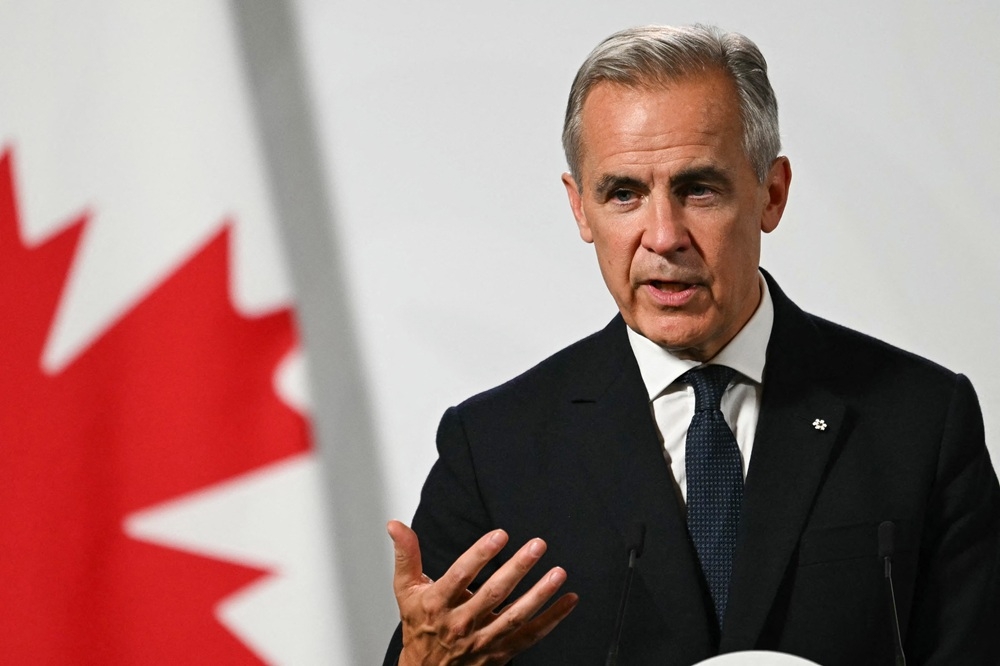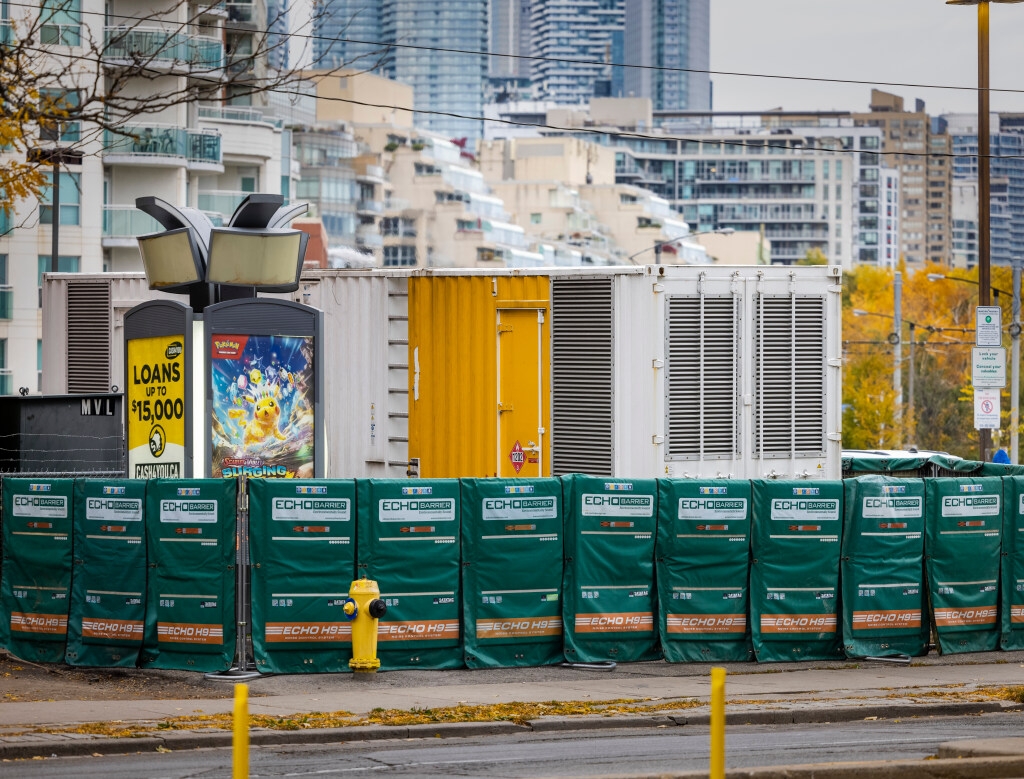Ottawa is facing a crisis, a silent emergency unfolding within the nation’s finances. The core issue isn’t a minor shortfall, but a spiraling debt fueled by unchecked government spending, a problem largely ignored by those in power.
This year alone, the federal government is projected to borrow approximately $80 billion. Consider the weight of that figure: it translates to over $1 billion in interest payments every single week. That’s a billion dollars diverted from vital services – enough to construct a brand-new hospital each week – instead flowing to financial institutions as interest on the national credit card.
Think of your everyday purchases. Every dollar paid in federal sales tax is currently consumed by servicing this mounting debt. It’s a hidden tax, a silent drain on the pockets of Canadians, all while the true scale of the problem is downplayed.

The government’s own independent watchdog, the parliamentary budget officer (PBO), sounded the alarm months ago. The PBO didn’t mince words, describing the current trajectory as “unsustainable,” “stupefying,” and even predicting that “something is going to break.” These weren’t casual observations, but urgent warnings issued even when deficit projections were lower than officially stated.
Instead of confronting this looming financial disaster, the response has been one of evasion. Promises of fiscal responsibility are offered, but they lack substance. The focus isn’t on balancing the overall budget, but on a narrower “operating budget,” a distinction that allows for continued, substantial borrowing.
Despite rhetoric to the contrary, borrowing continues unabated. The projected deficit remains a staggering $57 billion even by 2029. This isn’t fiscal restraint; it’s a continuation of the spending spree, masked by accounting maneuvers.
The very benchmarks for measuring fiscal health are being quietly altered. Previous commitments to reduce the debt as a percentage of the economy have been replaced with a focus on reducing the “deficit-to-GDP ratio” – a shift that allows the debt to continue growing faster than the economy itself.
The scale of the projected increase is alarming. Over the next five years, the current administration plans to add $324 billion to the national debt, significantly exceeding the $154 billion added during the previous administration over a comparable period.
Slogans like “spending less to invest more” are used to create the illusion of savings, but the reality is starkly different. While a nominal $60 billion in savings is touted over five years, overall government spending is actually increasing dramatically.
This year, the government will spend $581 billion – a $38 billion increase over last year. By 2029, spending is projected to reach $644 billion. This isn’t a picture of fiscal prudence; it’s a clear trajectory of escalating expenditure.
The promised savings are largely deferred to future years, echoing past patterns of unfulfilled commitments. Taxpayers are right to be skeptical, recalling similar pledges made by previous leaders that ultimately went unfulfilled.
The consequences of inaction are severe. The government is now spending more on debt interest than it allocates to healthcare transfers for the provinces. By 2029, a staggering 13 cents of every dollar collected will be consumed by debt servicing.
Instead of acknowledging the gravity of the situation, there’s a concerted effort to present a more optimistic narrative. Slogans and altered budget metrics are employed to mask the underlying financial instability. A fundamental shift in approach is urgently needed.
Ignoring the debt won’t make it disappear. Only decisive action to curb spending can avert a crisis and secure the nation’s financial future. The time for evasive maneuvers is over; the time for responsible fiscal management is now.





